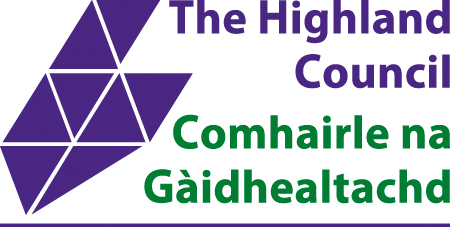Highland Council raises concerns to draft National Planning Framework

Concerns have been raised that the proposed National Planning Framework 4 (NPF4) falls short on delivering key regional priorities for Highland and also in achieving Scotland’s transition to net zero.
NPF4 will be a long-term plan that will guide spatial development, set out national planning policies, designate national developments and highlight regional spatial priorities. It will also play a key role in supporting economic recovery from the coronavirus pandemic and addressing the climate and ecological emergency.
In Highland, NPF4 is seen as a vital opportunity to raise the area’s profile and to recognise the unique assets and resources and the ongoing contribution these will make to national outcomes.
The Highland Council’s response to the Scottish Government’s draft new NPF4 follows input from Members of the Environment and Infrastructure Committee and also a cross-party Members’ workshop.
The comments submitted to the Scottish Government centred on how well the Highland region can and will contribute to national outcomes, and where NPF4 might merit from some improvement or amendment to make sure the national outcomes are delivered.
The following feedback was included:
- The draft NPF4 fails to recognise the unique and disproportionate contribution that Highland already makes, and will increasingly make in the future, to addressing national ambitions for net zero and particularly the decarbonisation of energy networks.
- The finalised NPF4 should better reflect the recent Scotwind announcements that have lined up much more offshore wind energy development potential (additional to existing and consented offshore windfarms) and be more certain and committed to this vast deployment than the draft suggests. It should reflect the potential of the entire north-eastern coastline, especially the existing assets and potential developments within the Moray and Cromarty Firths.
The Highland Council said it was particularly disappointed that Opportunity Cromarty Firth, for which the council previously suggested National Development status, is not given sufficient recognition in NPF4.
The dedicated support to island communities is noted, however many mainland communities experience similar issues of fragility and isolation. In the response, the council queries how these communities might receive the dedicated focus and actions that has been applied to island communities.
Highland is an important contributor to renewable energy generation, forestry and woodland, peatland protection and restoration and the tourist sector. Although Draft NPF4 goes some way to recognising that, it does not adequately recognise all of the vast opportunities within the region, nor does it give a clear sense of Highland and its communities.
There is concern at the lack of clarity over how rural Scotland will be supported.
The Draft NPF4 fails to give confidence that there will be equality of access to services across Scotland’s wide spectrum of communities, rural and urban. The NPF4 could do much more to address the disparities and inequalities between communities across Scotland.
The council does welcome the principle being pursued by the Scottish Government of a stronger, more outcome-focused National Planning Framework that will form part of the development plan in law. However, NPF4 as currently drafted risks falling significantly short on some of the outcomes sought and objectives and the time needs to be taken to improve it significantly before finalising it.
This view is shared by Highlands and Islands Regional Economic Partners. The council said it would welcome discussion with the Scottish Government at different levels to assist the process of refining and finalising NPF4.






